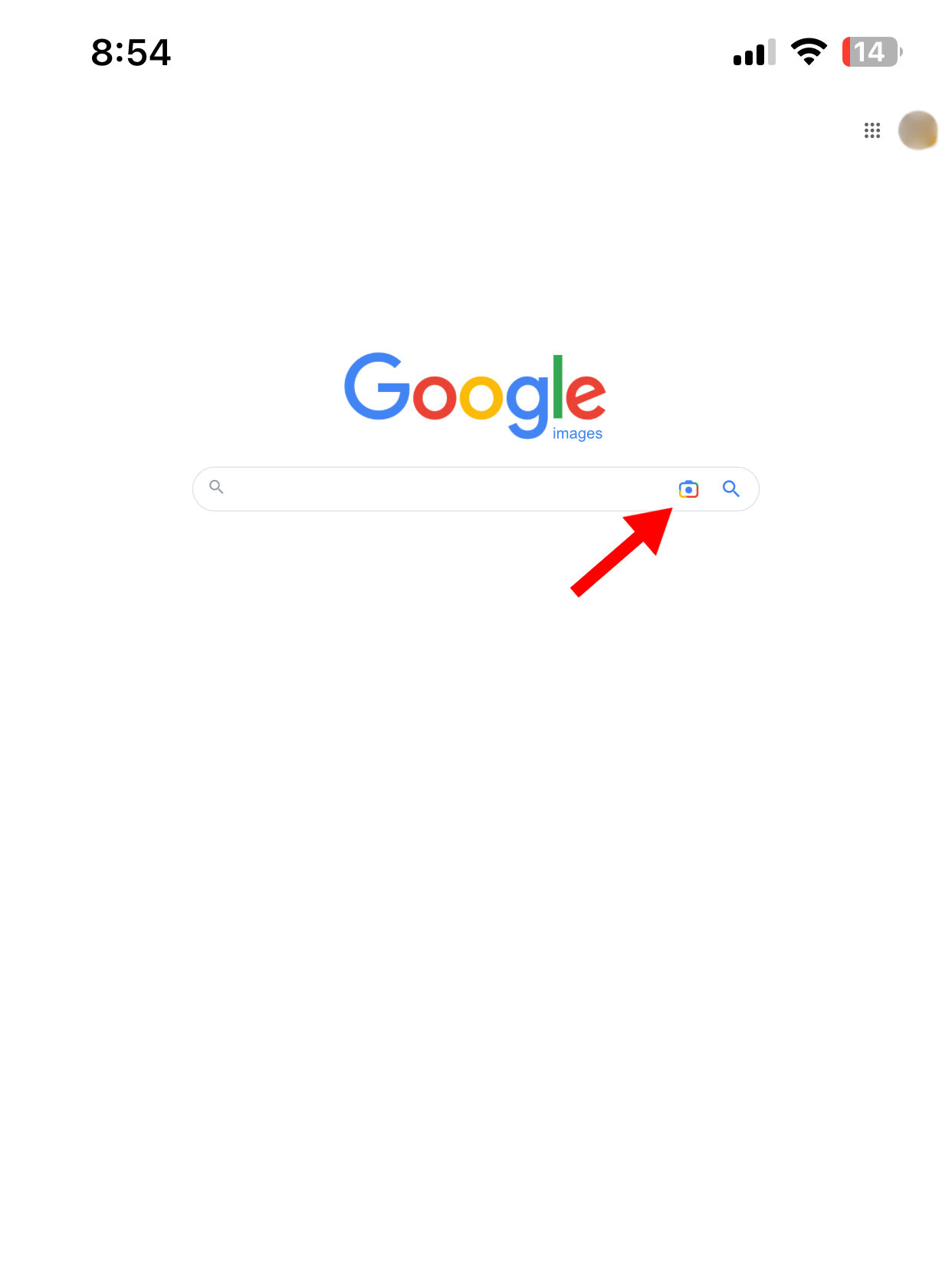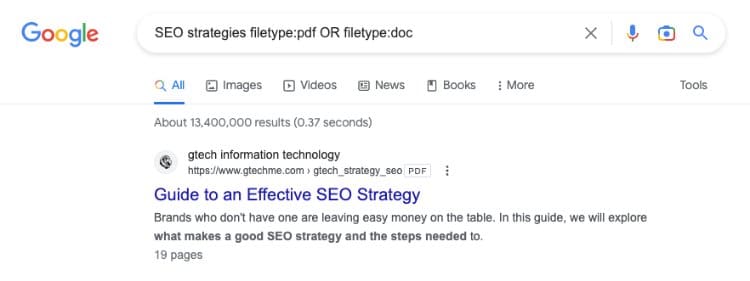What is Reverse Image Search and How Does it Work?
Reverse image search is a powerful tool that allows users to search for images using an image as a query. This technology has revolutionized the way we search for information online, making it possible to find similar images, identify objects, and gather information about a particular image. By using a picture to search on Google, users can unlock a wealth of information and discover new things.
The concept of reverse image search is simple: instead of typing keywords into a search engine, users can upload an image or enter the URL of an image to find similar images or information about the image. This technology uses machine learning algorithms to analyze the image and identify patterns, shapes, and objects within it. The algorithm then searches for similar images or information related to the image, providing users with a list of relevant results.
Reverse image search has numerous benefits, including the ability to find similar images, identify objects, and gather information about a particular image. For example, users can use reverse image search to find the source of an image, identify a product or object, or gather information about a particular topic. This technology has also been used in various fields, such as e-commerce, education, and research, to enhance learning and productivity.
One of the most popular reverse image search tools is Google’s visual search tool. This tool allows users to upload an image or enter the URL of an image to find similar images or information about the image. Google’s visual search tool uses advanced machine learning algorithms to analyze the image and provide users with accurate and relevant results.
By using a picture to search on Google, users can unlock the power of visual search and discover new things. Whether you’re looking for similar images, trying to identify an object, or gathering information about a particular topic, reverse image search is a powerful tool that can help you achieve your goals.
Getting Started with Google’s Visual Search Tool
To get started with Google’s visual search tool, users can access it through the Google Images website or through the Google app on their mobile device. There are several ways to upload or enter an image, including dragging and dropping, pasting a URL, or using a mobile device’s camera to take a new photo.
One of the easiest ways to use Google’s visual search tool is to drag and drop an image into the search bar. This can be done by selecting an image on your computer and dragging it into the Google Images website. Alternatively, users can paste the URL of an image into the search bar to search for similar images.
Mobile device users can also access Google’s visual search tool through the Google app. By opening the app and selecting the camera icon, users can take a new photo or upload an existing image from their device’s gallery. The app will then use the image to search for similar images or information about the image.
Google’s visual search tool also allows users to refine their search results by using specific keywords or filters. For example, users can search for images of a specific object or scene, or filter results by color, size, or type. This makes it easy to find exactly what you’re looking for, even if you’re not sure what it is.
By using Google’s visual search tool, users can unlock the power of visual search and discover new things. Whether you’re looking for similar images, trying to identify an object, or gathering information about a particular topic, Google’s visual search tool is a powerful tool that can help you achieve your goals.
Now that you know how to access Google’s visual search tool, it’s time to learn how to use it effectively. In the next section, we’ll provide a step-by-step guide on how to use a picture to search on Google, including how to refine search results and use advanced search features.
How to Use a Picture to Search on Google: A Step-by-Step Tutorial
Using a picture to search on Google is a straightforward process that can be completed in just a few steps. Here’s a step-by-step guide on how to use a picture to search on Google:
Step 1: Access Google’s Visual Search Tool
Start by accessing Google’s visual search tool through the Google Images website or through the Google app on your mobile device.
Step 2: Upload or Enter an Image
Upload an image by dragging and dropping it into the search bar, pasting the URL of an image, or using a mobile device’s camera to take a new photo.
Step 3: Refine Your Search Results
Refine your search results by using specific keywords or filters. For example, you can search for images of a specific object or scene, or filter results by color, size, or type.
Step 4: Use Advanced Search Features
Use advanced search features such as “similar images” or “related searches” to find more relevant information. You can also use the “filter” option to narrow down your search results by date, size, or type.
Step 5: Analyze Your Search Results
Analyze your search results to find the information you’re looking for. You can view the search results in a grid or list format, and click on an image to view more information about it.
By following these steps, you can use a picture to search on Google and find the information you’re looking for. Whether you’re looking for similar images, trying to identify an object, or gathering information about a particular topic, using a picture to search on Google is a powerful tool that can help you achieve your goals.
In the next section, we’ll delve into the technology behind Google’s image recognition capabilities, including how it uses machine learning algorithms to identify objects, scenes, and actions within images.
Understanding Image Recognition Technology: How Google Identifies Images
Google’s image recognition technology is a complex system that uses machine learning algorithms to identify objects, scenes, and actions within images. This technology is the backbone of Google’s visual search tool, allowing users to search for images using an image as a query.
The process of image recognition involves several steps, including image processing, feature extraction, and classification. Image processing involves resizing and normalizing the image, while feature extraction involves identifying the most relevant features of the image, such as edges, shapes, and textures.
Once the features have been extracted, the image is classified using a machine learning algorithm. This algorithm is trained on a large dataset of images, allowing it to learn the patterns and relationships between different features. The algorithm then uses this knowledge to identify the objects, scenes, and actions within the image.
Google’s image recognition technology is highly accurate, with a reported accuracy rate of over 90%. This is due in part to the large dataset of images used to train the algorithm, as well as the sophisticated machine learning techniques employed.
One of the key benefits of Google’s image recognition technology is its ability to identify objects and scenes within images, even if they are partially occluded or distorted. This allows users to search for images using an image as a query, even if the image is not a perfect match.
In addition to its accuracy, Google’s image recognition technology is also highly scalable, allowing it to process large volumes of images quickly and efficiently. This makes it an ideal solution for applications such as visual search, where speed and accuracy are critical.
By understanding how Google’s image recognition technology works, users can better appreciate the power and potential of visual search. Whether you’re searching for images of a specific object or scene, or trying to identify an unknown image, Google’s image recognition technology is a powerful tool that can help you achieve your goals.
In the next section, we’ll explore the various real-world applications of visual search, including its use in e-commerce, education, and research.
Tips and Tricks for Getting the Most Out of Visual Search
To get the most out of visual search, there are several tips and tricks to keep in mind. One of the most important is to use specific keywords when searching for images. This can help narrow down the search results and ensure that you find the most relevant images.
Another tip is to use the “filter” option to refine your search results. This can help you narrow down the results by factors such as image size, color, and type. You can also use the “related searches” feature to find more relevant information.
When using visual search, it’s also important to consider the quality of the image. High-quality images with good lighting and clear resolution will produce better search results than low-quality images. Additionally, using images with a clear and simple background can help improve the accuracy of the search results.
It’s also worth noting that visual search can be used in conjunction with other search tools, such as text-based search. By combining these tools, you can get a more comprehensive understanding of the information you’re searching for.
Finally, it’s worth experimenting with different types of images to see what works best for your specific search needs. For example, if you’re searching for a specific product, using an image of the product’s packaging or logo may produce better results than using an image of the product itself.
By following these tips and tricks, you can get the most out of visual search and unlock the full potential of this powerful tool. Whether you’re searching for images, trying to identify an object, or gathering information about a particular topic, visual search can help you achieve your goals.
In the next section, we’ll explore the various real-world applications of visual search, including its use in e-commerce, education, and research.
Real-World Applications of Visual Search: From Shopping to Education
Visual search has a wide range of real-world applications, from shopping to education. One of the most significant applications of visual search is in e-commerce. Online retailers can use visual search to allow customers to search for products using images, rather than text. This can be particularly useful for customers who are looking for a specific product, but don’t know the name or description.
Another significant application of visual search is in education. Visual search can be used to help students learn about different subjects, such as history, science, and art. For example, students can use visual search to find images of historical events, scientific concepts, or famous artworks. This can help students to better understand complex concepts and to develop their critical thinking skills.
Visual search is also being used in research to help scientists and researchers to analyze and understand large datasets. For example, researchers can use visual search to find images of cells, tissues, or organs, and to analyze the characteristics of these images. This can help researchers to identify patterns and trends in the data, and to develop new treatments and therapies.
In addition to these applications, visual search is also being used in a wide range of other fields, including marketing, advertising, and entertainment. For example, marketers can use visual search to find images of products or brands, and to analyze the characteristics of these images. This can help marketers to develop more effective advertising campaigns and to better understand their target audience.
Overall, visual search has the potential to revolutionize the way we search and interact with information. By allowing us to search for images using images, rather than text, visual search can help us to find more relevant and accurate information, and to develop new insights and understanding.
In the next section, we’ll discuss some of the common challenges and limitations of visual search, and how to overcome these challenges to get better results.
Common Challenges and Limitations of Visual Search
While visual search is a powerful tool, it is not without its challenges and limitations. One of the most significant challenges is image quality. If the image is of poor quality, it can be difficult for the visual search algorithm to accurately identify the objects or scenes within the image.
Another challenge is lighting. If the lighting in the image is poor, it can affect the accuracy of the visual search results. For example, if the image is too bright or too dark, it can be difficult for the algorithm to identify the objects or scenes within the image.
Context is also an important factor in visual search. If the image is taken out of context, it can be difficult for the algorithm to accurately identify the objects or scenes within the image. For example, if an image of a product is taken in a cluttered environment, it can be difficult for the algorithm to identify the product.
Despite these challenges, there are ways to overcome them and get better results from visual search. One way is to use high-quality images that are well-lit and in context. Another way is to use specific keywords or filters to refine the search results.
Additionally, some visual search tools, such as Google’s visual search tool, have features that can help to overcome these challenges. For example, Google’s visual search tool has a feature that allows users to adjust the brightness and contrast of the image, which can help to improve the accuracy of the search results.
By understanding the common challenges and limitations of visual search, users can take steps to overcome them and get better results. Whether you’re using visual search for personal or professional purposes, it’s essential to be aware of these challenges and limitations and to take steps to overcome them.
In the next section, we’ll speculate on future developments in visual search technology, including advancements in AI, augmented reality, and the Internet of Things, and how these developments may impact the way we search and interact with information.
Future Developments in Visual Search: What to Expect
As visual search technology continues to evolve, we can expect to see significant advancements in the field. One of the most exciting developments is the integration of artificial intelligence (AI) into visual search. AI-powered visual search will enable more accurate and efficient image recognition, allowing users to search for images with even greater precision.
Another area of development is augmented reality (AR) visual search. AR visual search will enable users to search for images in real-time, using their mobile devices to scan their surroundings and identify objects and scenes. This technology has the potential to revolutionize the way we interact with information, making it more immersive and interactive.
The Internet of Things (IoT) is also expected to play a significant role in the future of visual search. As more devices become connected to the internet, visual search will enable users to search for images across multiple devices and platforms, creating a more seamless and integrated search experience.
Additionally, we can expect to see advancements in image recognition technology, including the ability to recognize objects and scenes in real-time, and to identify images in complex environments. This will enable users to search for images with even greater precision, and to use visual search in a wider range of applications.
Overall, the future of visual search is exciting and full of possibilities. As technology continues to evolve, we can expect to see significant advancements in the field, enabling users to search for images with greater precision, efficiency, and accuracy.







